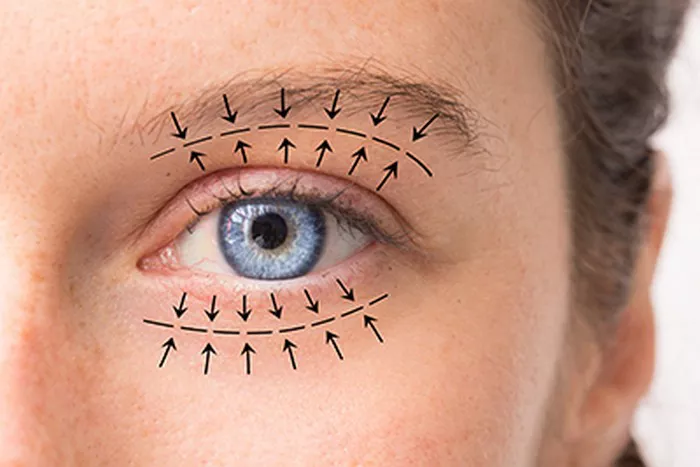Blepharoplasty, commonly known as eyelid surgery, is a popular cosmetic procedure designed to rejuvenate the appearance of the eyelids by removing excess skin, fat, and muscle. While the surgery can provide remarkable results in terms of a more youthful and alert look, patients often have concerns about post-operative side effects, including bruising. Understanding the duration and management of bruising after blepharoplasty is crucial for individuals considering or recovering from this procedure. In this article, we will explore the factors that influence bruising after blepharoplasty and provide insights into how long it typically lasts.
Factors Influencing Bruising After Blepharoplasty
Several factors can influence the extent and duration of bruising following blepharoplasty:
Surgical Technique: The specific surgical technique used by the plastic surgeon can impact the amount of trauma to the eyelid tissues. More conservative techniques may result in less bruising compared to more extensive procedures.
Patient’s Individual Response: Each person’s body reacts differently to surgery. Factors such as genetics, skin type, and overall health can influence how prone an individual is to bruising. Some people naturally bruise more easily than others.
Preoperative Preparations: Patients can take steps to minimize the risk of bruising before surgery. This includes avoiding certain medications and supplements that can thin the blood (e.g., aspirin, ibuprofen, and herbal supplements) as directed by their surgeon.
Intraoperative Techniques: The surgeon’s skill in minimizing trauma during the surgery plays a significant role. Experienced surgeons are often better at handling tissues delicately, which can reduce the likelihood of excessive bruising.
Postoperative Care: How well a patient follows postoperative care instructions is critical. Proper wound care, avoiding strenuous activities, and adhering to any prescribed medications can all impact the duration of bruising.
How Long Does Bruising Typically Last?
The duration of bruising after blepharoplasty can vary significantly from one individual to another. On average, patients can expect bruising to last anywhere from 7 to 14 days. However, some factors can lead to shorter or longer durations:
Patient’s Healing Capacity: Patients who heal quickly and have robust circulation may experience shorter bruising durations. Conversely, those with slower healing processes may see bruising persist for a more extended period.
Surgical Extent: If the surgery involved both upper and lower eyelids or was more complex, there may be more extensive bruising that takes longer to resolve.
Compliance with Postoperative Instructions: Patients who diligently follow their surgeon’s postoperative guidelines, such as avoiding excessive sun exposure, minimizing strenuous activities, and taking prescribed medications, tend to experience faster healing and reduced bruising.
Use of Arnica and Cold Compresses: Some patients find relief from bruising by using arnica supplements and applying cold compresses to the treated area. These remedies can help reduce swelling and discoloration.
Skin Type: Individuals with fair or sensitive skin may experience more noticeable bruising than those with darker or thicker skin.
Managing Bruising After Blepharoplasty
While bruising after blepharoplasty is a common and expected side effect, there are several strategies patients can employ to manage and potentially expedite the healing process:
Arnica Montana: Arnica supplements and topical creams are believed to reduce bruising and swelling. Consult with your surgeon before using these products to ensure they are safe for you.
Cold Compresses: Applying cold compresses to the bruised areas can help reduce swelling and minimize discoloration. Be sure to use a clean, soft cloth or ice pack wrapped in a cloth to avoid direct contact with the skin.
Elevation: Keeping your head elevated while resting can assist in reducing swelling and improving blood circulation.
Avoid Blood Thinners: Continue to avoid medications and supplements that can thin the blood as directed by your surgeon, at least until you receive their clearance.
Patience: Remember that bruising is a temporary side effect of the surgery. It will gradually fade over time, and the final results of your blepharoplasty will become more apparent as the healing process progresses.
Conclusion
Bruising after blepharoplasty is a normal part of the post-operative experience, and its duration can vary based on several factors. While most patients can expect bruising to last around 7 to 14 days, individual healing capacity, surgical extent, and postoperative care play significant roles in determining how long it persists. By following your surgeon’s instructions for both preoperative preparations and postoperative care, you can minimize the extent and duration of bruising, allowing you to enjoy the full benefits of your eyelid surgery as you recover and reveal your refreshed and rejuvenated appearance.


